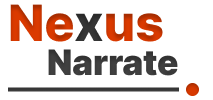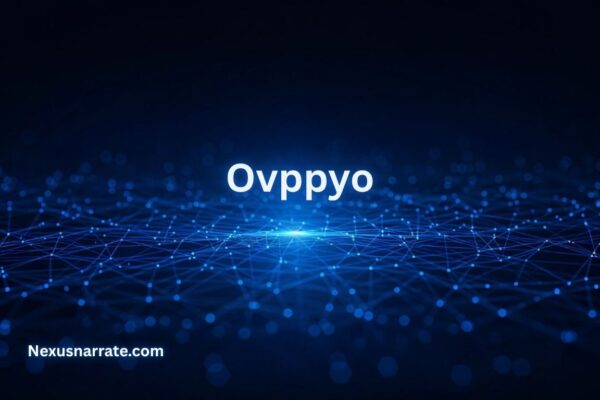Introduction
The phrase “vintage muscle men” conjures up ideas of a time when the audience was enthralled with characters who were charismatic, physically strong, and larger than life. These men were cultural heroes who personified the values of strength, discipline, and masculinity; they were more than just bodybuilders or athletes. Vintage muscle men had a lasting impact on popular culture, from the heyday of bodybuilding to the early years of professional wrestling and Hollywood celebrity. This essay examines these iconic characters’ legacy and ongoing appeal.
Bodybuilding’s Golden Age
Known as the “golden age” of bodybuilding, the mid-1900s saw the rise in popularity of the sport and the creation of some of its most recognisable personalities. These iconic muscle guys encouraged future generations to strive for strength and health by pushing the limits of physical fitness.
Important Figures:
The “Father of Modern Bodybuilding,” Eugen Sandow (1867–1925), was a pioneer in the fitness industry. He became a worldwide sensation thanks to his amazing body and theatrical acts.
1. Steve Reeves (1926–2000): A former bodybuilding champion who rose to fame in Hollywood, Reeves’s parts in the Hercules movie exposed the world to his toned body.
2. From 1928 until 2007: Reg Park Park, a British actor and bodybuilder, was a three-time Mr. Universe champion and Arnold Schwarzenegger’s mentor. His reputation as an actor and bodybuilder contributed to the sport’s rise in popularity.
3. John Grimek (1910–1998): A well-known weightlifter and bodybuilder, Grimek won numerous titles in the 1940s and 1950s and was renowned for his extraordinary strength and symmetry.
These men helped make bodybuilding a respectable sport and way of life in addition defining the parameters of physical perfection.
Also Read: https://nexusnarrate.com/a-prince-bishop-nwbka/
Professional Wrestling’s Ascent
The emergence of professional wrestling, where their extravagant personas and amazing physiques attracted enormous crowds, was also greatly aided by vintage muscular men. These athletes were well-known, and wrestling evolved into a display of strength and showmanship.
Important Figures:
1. Gorgeous George (1915–1963): One of the first wrestling superstars, Gorgeous George combined athleticism and entertaining with his colourful attitude and theatrical antics.
2. Bruno Sammartino (1935–2018): Known as one of the most resilient and powerful wrestlers of his era, Sammartino was a well-liked character in the sport and held the WWE Championship for more than 11 years.
3. André the Giant (1946–1993): With a height of 7 feet 4 inches, André was a real and symbolic giant in the realm of professional wrestling, enthralling spectators with his bulk and power.
The Vintage Muscle Men of Hollywood
Vintage muscle guys were popular in the entertainment industry as well as in sports. These individuals were adored by Hollywood, which used them in parts that emphasised their charisma and physical strength.
Important Figures:
In the 1950s and 1960s, Steve Reeves, who had previously been a bodybuilder, became the face of the sword-and-sandal genre by switching to acting.
1. Arnold Schwarzenegger: Although Schwarzenegger became well-known in the 1970s and 1980s, Reg Park and other classic muscle men had a big impact on his early career. Schwarzenegger’s reputation as a cultural hero was solidified by his achievements in bodybuilding and Hollywood.
2. Gordon Scott (1926–2007): Best known for playing Tarzan, Scott embodied the notion of the classic muscle man on television with his tough, muscular build.
The Classic Allure of Old-School Muscle Men
The influence of classic muscle men is still felt today. Modern athletes and fitness fanatics find motivation in their commitment to self-improvement, discipline, and physical fitness.Their extravagant identities and cultural contributions have also had a long-lasting effect on fashion, sports, and entertainment.
The Reasons They Are Important
Cultural Icons: Vintage muscle men were representations of masculinity, strength, and tenacity that went beyond their specialised industries.
Fitness Pioneers: They established the groundwork for contemporary weightlifting, bodybuilding, and fitness culture.
Entertainment Legends: The entertainment industry as we know it now was shaped by their impact on professional wrestling and Hollywood.
Conclusion
In addition to being strongmen, vintage muscle men were cultural icons, entertainers, and trailblazers who had a lasting impression on history. Audiences are still inspired and enthralled by their commitment to physical fitness, their contributions to sports and entertainment, and their timeless appeal. These iconic individuals serve as a reminder of the value of self-control, perseverance, and striving for excellence, whether through their accomplishments in bodybuilding, professional wrestling, or Hollywood.
FAQs
1. Who were the most well-known muscle men of the past?
André the Giant, Bruno Sammartino, Reg Park, Steve Reeves, and Eugen Sandow are a few of the most well-known examples of classic Vintage Muscle Men
2. When did bodybuilding reach its zenith?
The mid-20th century, when bodybuilding became fashionable and gave rise to legendary athletes like Steve Reeves and Reg Park, is referred to as the “golden age of bodybuilding.”
3. What cultural effects did vintage muscle men have?
Their accomplishments in bodybuilding, wrestling, and Hollywood shaped popular culture, making them representations of masculinity and strength in Vintage Muscle Men.
4. Do we have contemporary counterparts to the muscle men of the past?
Indeed, the heritage of classic Vintage Muscle Men in sports, entertainment, and fitness is still carried on by contemporary celebrities like Chris Hemsworth, Dwayne “The Rock” Johnson, and Arnold Schwarzenegger.
5. What was special about muscle men in the past?
Vintage Muscle Men were unique and became cultural icons because of their charisma, athletic prowess, and extravagant identities.







